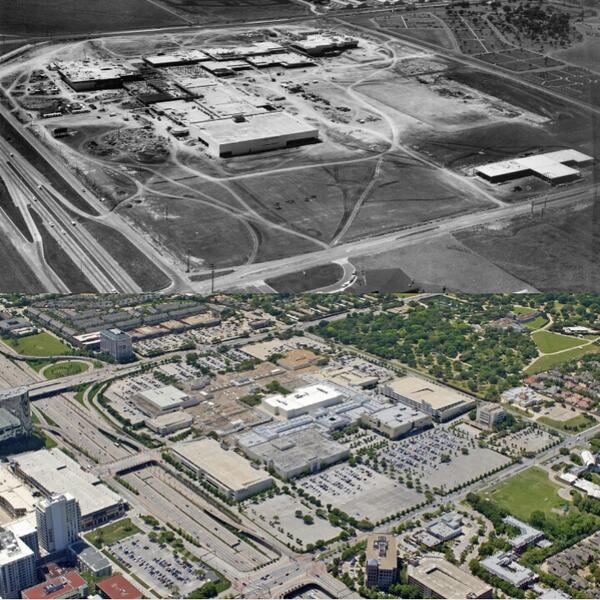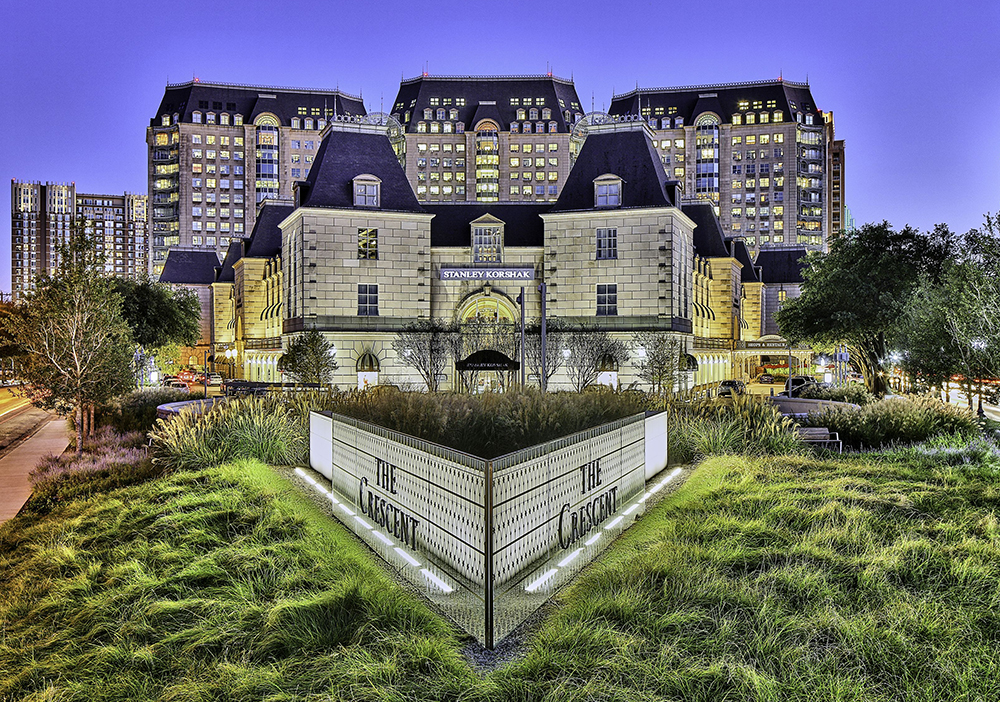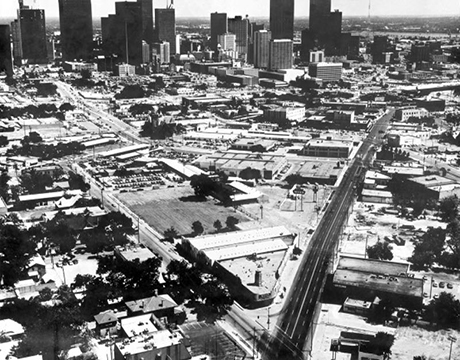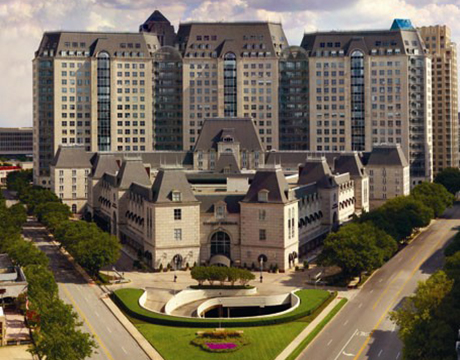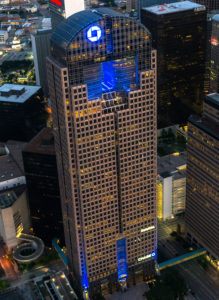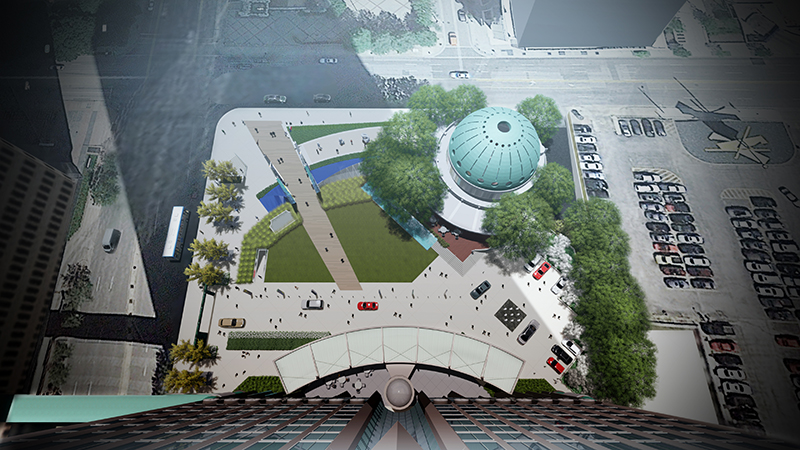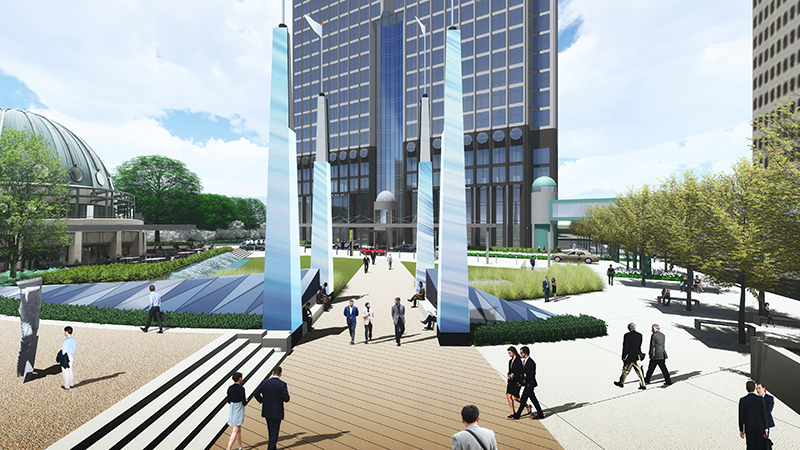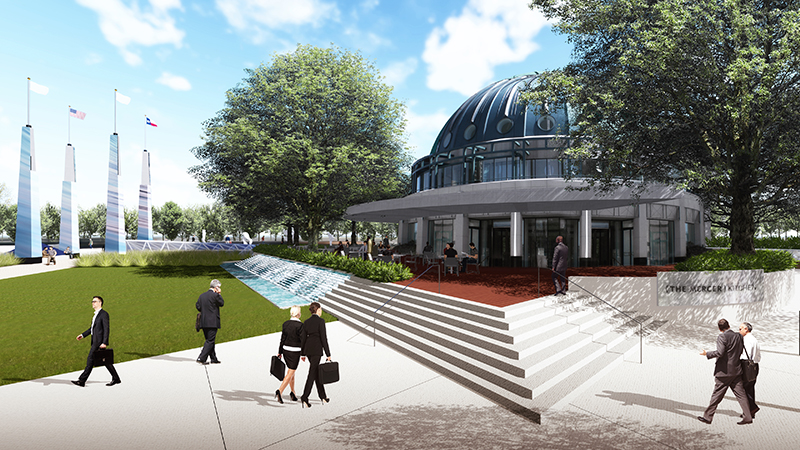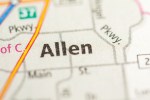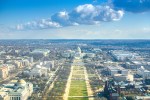Taxes–a word that has rolled off many lips over the past year. With one more tax day behind us, we can relax and put on the “fun tax goggles” now. We decided to take a look at Dallas real estate and see which properties contributed the highest property tax in 2016. While it’s almost accepted as fact that “everything’s bigger in Texas,” the same cannot be said for property taxes. Northpark Center, Dallas’ top taxpaying property, is the only Texas entry that made it into our 100 top property taxes in the U.S.
Granted, the property tax picture can be distorted by exemptions, so we did not hesitate to leave those out of the final Top 10 list. Without this corrective lens, we would be looking at a different picture. For example, at an assessed market value of just under $1 billion, the Parkland Hospital would take the lead in Dallas with an estimated $27,304,100 in property tax and move up one spot in the Chicago comparison. However, as Parkland’s market value is exempt from taxation, the NorthPark Center takes the crown.
Mapping Out Dallas’ Top-Taxed Buildings
Dallas’ 10 highest taxed properties are not all huddled together in the center of town. Mapping them out illustrates the strength and appeal that the North Dallas commercial real estate market has garnered over time. Moreover, the commercial market’s strength shows through its diversity. Alhough office buildings tend to take up all the spots on the list, in Dallas we found balance. Of the ten top taxpaying properties in Dallas, only five are office buildings and they share the high valuation honors with retail and mixed-use developments and even a data center (Texas’ largest, no less…).
Read on for details and interesting trivia about a few of Dallas’ top taxed buildings.
#1. Northpark Center – $17,561,005 in property taxes in 2016
Texas’ second-largest shopping center opened its doors in the mid-1960s, when it was touted to be the largest climate-controlled retail establishment in the world. The several expansions constructed since have more than doubled its size, as well as integrated features that ensure it stands out among U.S. shopping centers, even today.
From its original U-shape, the retail center is now a square design and encloses a unique 1.4-acre landscaped garden that doubles as an urban retreat park and outdoor art gallery. In fact, having integrated the display of fine, world-class art throughout its interior landscape from the very beginning, the development garnered several design and architecture awards from the American Institute of Architects.
Trivia tidbit Northpark Center is home to Dallas Public Library branch Bookmarks, which is the first children’s library in the U.S. to be located in a shopping center.
During its over 50 years in operation, Northpark has seen a few big businesses rise and fall–of the original anchors it is only Neiman Marcus that still operates at the mall and does it under its original name. The art of Northpark extends to its curated collection of retail tenants. Now home to over 235 unique retailers and restaurants and offering over 2.5 million square feet of space, North Dallas’ most popular shopping center welcomes over 26 million visitors each year.
#2. The Crescent – $11,428,414 in property taxes in 2016
One of Dallas’ most iconic developments, The Crescent is visible from any point in the Dallas city business district. The office and retail property at 100 Crescent Court is the centerpiece of the Class A Uptown Dallas office market–the 10-acre complex encompasses 1.1 million square feet of office space in three contiguous 19-story buildings, as well as retail, spa and fitness facilities and luxury hotel and dining.
[before-after] [/before-after]Before: The Crescent site in 1983 (via dallasnews.com) / After: The Crescent mixed-use complex (crescent.com)Use the following code to embed this image:
Trivia tidbit The masonry exterior of the entire complex is Indiana limestone, which was extracted from the same quarry as the stone that adorns the Empire State Building and in such quantity that it rivaled the limestone order made for the construction of the iconic NYC skyscraper.
Built between 1982 and 1986, the site was a neighborhood of car dealerships, furniture warehouses and small restaurants. During construction, the property broke a few local records–to accommodate the two multi-story underground parking garages, construction began with some serious digging: taking up the entire 10-acre site, and being over 60 feet deep, it was Dallas’ largest such excavation. Designed by world-renowned architects Philip Johnson with John Burgee and Dallas-based Shepherd & Boyd and having cost an estimated $400 million to build, The Crescent is still one of Dallas’ most expensive developments to date.
Developers Caroline Hunt and Rosewood Corp. settled for nothing less than superlative. Consequently, when it opened its doors, The Crescent moved Dallas’ financial district from Main Street to Uptown and it sets the standard for the Dallas Class A office market to this day.
#3. Lincoln Center – $7,493,545 in property taxes in 2016
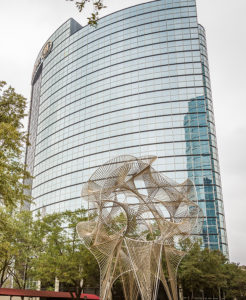
Lincoln Center Hilton building (lincolncenter.com)
One of Dallas’ most recognizable Class A office properties, the Lincoln Center is a four-building mixed-use complex made up of three office towers, a high-rise 500-key Hilton hotel and a 4-acre lake surrounded by walking and jogging paths.
Originally built in the 1980s by Lincoln Property Co., the property’s first advantage is that it is located at one of the busiest intersections in the state, where the LBJ Freeway meets the Dallas Parkway.
What’s more, right across the freeway is The Galleria, Dallas’s largest mixed-use complex–a 3 million-square-foot office and retail development built and owned by Hines, and number six on our list of top ten taxpaying Dallas buildings!
Owned by New York-based retirement fund investor TIAA since 2005 and managed by Cushman and Wakefield, the Lincoln Center is home to a list of tenants that rivals some of the nation’s top taxpaying buildings–Chase Bank, MetLife (previous owner of the complex), Gensler, Northwestern Mutual and Atmos Energy, to name a few. When TIAA bought the property for $255 million in 2015, the 1.6 million-square-foot office portion was over 90% leased.
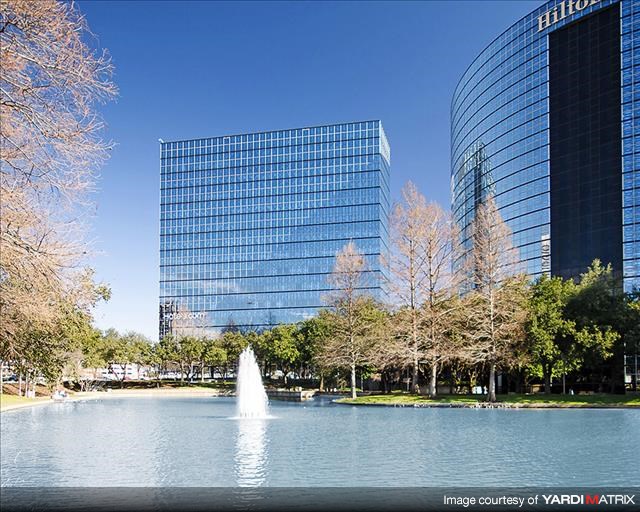
One Lincoln Center tower viewed from the lake
Trivia tidbit Luxury is in the details–all Lincoln Center entrance lobbies feature European limestone, handbrushed stainless steel and paintings by Texas artists.
Since 2004, the 33-acre site has undergone $20 million dollars’ worth of renovations, which included extensive landscaping and site redevelopment. Now, the new owners are reportedly planning an expansion, which would include a fourth office tower on the east side of the Dallas Parkway and a multi-level parking garage on the northwest side of the property. According to the Dallas News, the new 390,000-square-foot tower would be the area’s largest office project in more than a decade.
#4. Trammell Crow Center – $5,912,947 in property taxes in 2016
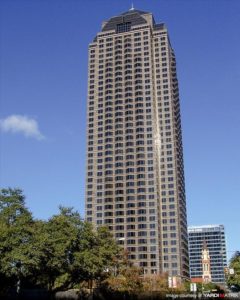
Trammell Crow Center (Yardi Matrix)
Another Dallas jewel of the 1980s, the Trammell Crow Tower is a 50-story, 1.1 million-square-foot office tower, which boasts some of the best views of the Arts District, the Margaret Hunt Hill Bridge, Reunion Tower, and Uptown Dallas.
Originally designed by Skidmore, Owings & Merrill, the 686-foot-tall office tower at 2001 Ross Ave is the sixth-tallest building in Dallas, two spots behind the 738-foot-tall Chase Tower–7% shorter, but 3% more expensive in terms of property tax. That last number may shoot up even higher, as more improvements are on the way for Trammell Crow. The building’s current owner, J.P. Morgan Asset Management, announced earlier this year that it is joining forces with building manager Stream Realty Partners and investing $135 million to renovate and expand the 33-year-old tower. The renovation will modernize the entrance lobbies, lower exterior and plaza, while the expansion will add a new ground-up mixed-use high-rise that will house retail space, a parking garage and a 200-key hotel in the first phase.
You may have noticed by now that high-end Dallas likes its art where it can see it. Trammell Crow is no different–the tower’s base is surrounded by the Crow Collection of Asian Art Sculpture Garden. Envisioned as an effort to bridge the cultural gap between Eastern and Western societies, the Crow Collection features a selection of art from China, Japan, Indonesia and Southeast Asia, and is one of only a handful of museums nationwide with a focus on Asian art.
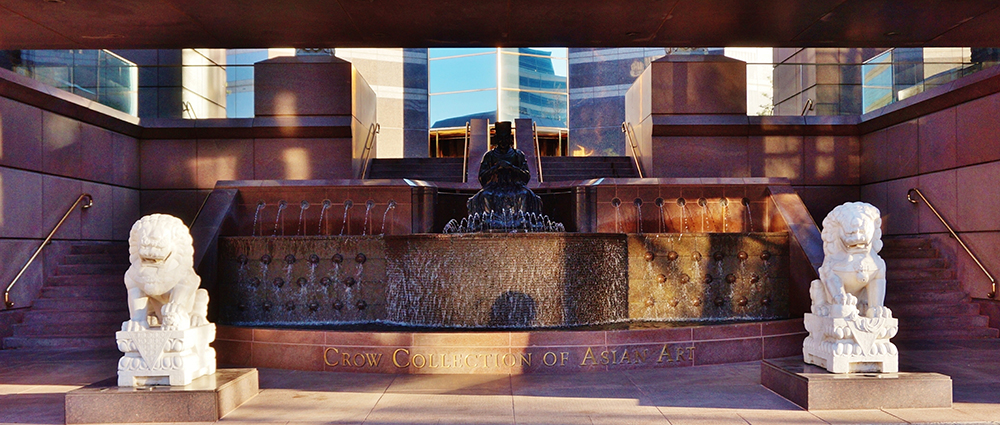
Trammell and Margaret Crow Collection of Asian Art museum, Flora Street entrance to the Tower (Shutterstock)
Trivia tidbit T
#5. Chase Tower – $5,752,576 in property taxes in 2016
Originally built in 1987, Chase Tower is another iconic fruit of the collaboration between developer Trammell Crow and world-renowned architect Richard Keating of Skidmore, Owings & Merrill.
Nicknamed the “Keyhole Building” for its distinctive 27-foot-wide sky window between floors 43 and 50, the 55-story office tower is one of the most recognizable fixtures of the Downtown Dallas skyline. Just below the signature opening is the Sky Lobby – a 40th-floor observation area, which offers breathtaking 360-degree views of Dallas’ cityscape.
The Dallas Arts District office property was most recently purchased last year, when New York-based Fortis Property Group bought it from Hines, for an estimated $285 million. Hines had just spent $10 million on upgrading the 75%-leased building and the new owners reportedly plan to continue and expand upgrades to the adjacent 1.5-acre plaza and retail rotunda.
Fortis has enlisted the help of Dallas-based architects BOKA Powell, to enhance the property’s accessibility and amenities–the entire plaza will be stripped clean and re-landscaped from scratch, in a way that creates a more open and appealing entrance to the tower, as well as complementing the city’s Arts District. Moreover, the fitness center in the retail rotunda will be expanded and moved to the lower level and, as stated by Fortis CEO Jonathan Landau, a top-tier restaurant will occupy the rotunda, which is what the space was originally designed for.
renderings courtesy of BOKAPowell and Fortis PropertyTrivia Tidbit Chase Tower houses the distinguished Dallas Petroleum Club on the 39th and 40th floors. Founded in 1934, the Club has evolved from a small group of prominent oil men into one of the country’s most notable private city clubs. Its members enjoy an uncompromising standard of value and service. So uncompromising, in fact, that fresh fish and seafood is flown in daily to ensure the absolute finest top grade fish is served at the Club’s seafood buffets.
Methodology
- Data sources: PropertyShark, proprietary research (download raw data)
- Search was based on individual parcels; for multi-parcel properties the tax values listed are representative of the main parcel
- 2015 and 2016 tax values verified with Dallas County Property Tax Portal and Dallas County Assessor’s Office


